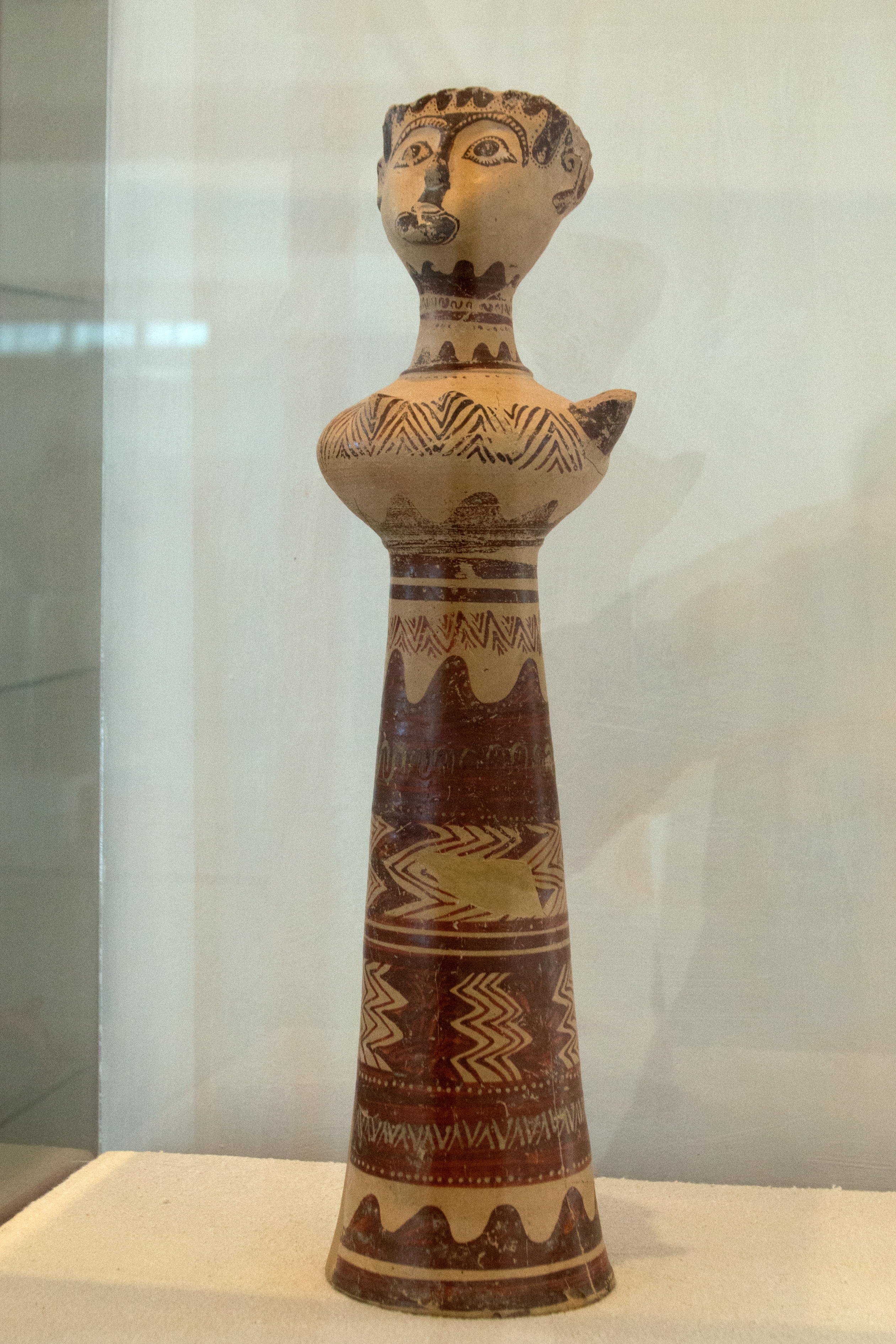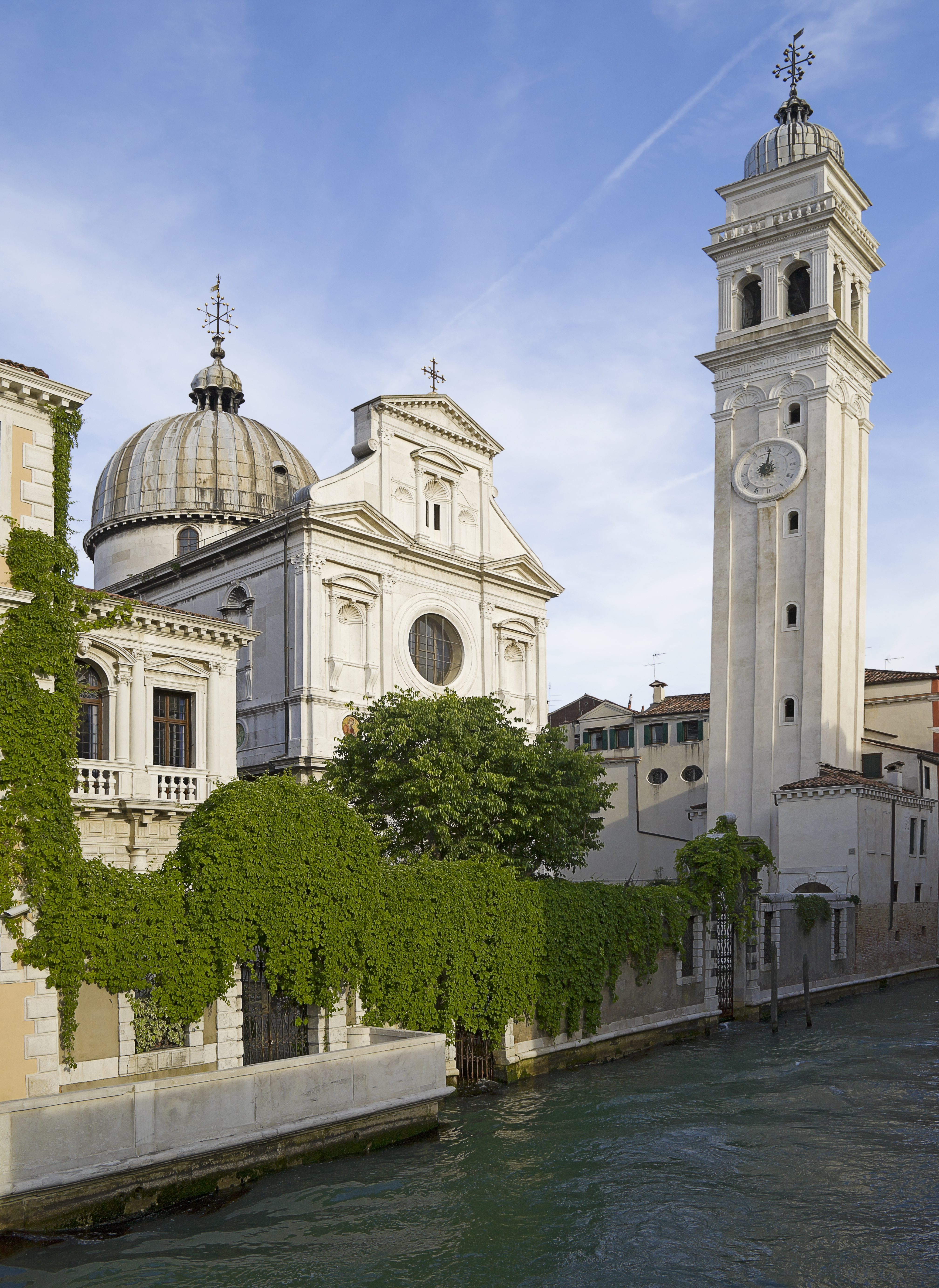|
Antonio Millo
Antonio Millo, also mentioned as Antonio da Millo or Antonio Milo, active during 1557–1590, was captain and cartographer with significant work in map making, isolarios and portolan charts. He was born during the 16th century in Milos and he lived part of his life in Venice as shown from records of the Greek community of Venice The Greek community in Venice dates back to the Middle Ages, when the Republic of Venice was still formally part of the Byzantine Empire. Settled mostly in the ''sestiere'' of Castello, it reached its height in the centuries after the Fall of Cons .... According to the first Book of Marriages 1599–1701 of the Greek community of Venice, someone called "Antonio Damilos" was married on 10 August 1599. Apart from cartographer, he was a captain and navigator. In an isolario of 1590, he is mentioned as Armiralgio al Zante. In another isolario of 1591 he is mentioned as Armiralgio in Candia and in another he is mentioned as Antonius de Melo Cosmographus. ... [...More Info...] [...Related Items...] OR: [Wikipedia] [Google] [Baidu] |
Antonio Millo Bacino Del Mediterraneo
Antonio is a masculine given name of Etruscan origin deriving from the root name Antonius. It is a common name among Romance language-speaking populations as well as the Balkans and Lusophone Africa. It has been among the top 400 most popular male baby names in the United States since the late 19th century and has been among the top 200 since the mid 20th century. In the English language it is translated as Anthony, and has some female derivatives: Antonia, Antónia, Antonieta, Antonietta, and Antonella'. It also has some male derivatives, such as Anthonio, Antón, Antò, Antonis, Antoñito, Antonino, Antonello, Tonio, Tono, Toño, Toñín, Tonino, Nantonio, Ninni, Totò, Tó, Tonini, Tony, Toni, Toninho, Toñito, and Tõnis. The Portuguese equivalent is António (Portuguese orthography) or Antônio (Brazilian Portuguese). In old Portuguese the form Antão was also used, not just to differentiate between older and younger but also between more and less important. In Galician t ... [...More Info...] [...Related Items...] OR: [Wikipedia] [Google] [Baidu] |
Cartographer
Cartography (; from grc, χάρτης , "papyrus, sheet of paper, map"; and , "write") is the study and practice of making and using maps. Combining science, aesthetics and technique, cartography builds on the premise that reality (or an imagined reality) can be modeled in ways that communicate spatial information effectively. The fundamental objectives of traditional cartography are to: * Set the map's agenda and select traits of the object to be mapped. This is the concern of map editing. Traits may be physical, such as roads or land masses, or may be abstract, such as Toponomy, toponyms or political boundaries. * Represent the terrain of the mapped object on flat media. This is the concern of map projections. * Eliminate characteristics of the mapped object that are not relevant to the map's purpose. This is the concern of Cartographic generalization, generalization. * Reduce the complexity of the characteristics that will be mapped. This is also the concern of generaliza ... [...More Info...] [...Related Items...] OR: [Wikipedia] [Google] [Baidu] |
Milos
Milos or Melos (; el, label=Modern Greek, Μήλος, Mílos, ; grc, Μῆλος, Mêlos) is a volcanic Greek island in the Aegean Sea, just north of the Sea of Crete. Milos is the southwesternmost island in the Cyclades group. The ''Venus de Milo'' (now in the Louvre) and the ''Asclepius of Milos'' (now in the British Museum) were both found on the island, as were a Poseidon and an archaic Apollo now in Athens. Milos is a popular tourist destination during the summer. The municipality of Milos also includes the uninhabited offshore islands of Antimilos and Akradies. The combined land area is and the 2021 census population was 5193 inhabitants. History Obsidian (a glass-like volcanic rock) from Milos was a commodity as early as 15,000 years ago. Natural glass from Milos was transported over long distances and used for razor-sharp "stone tools" well before farming began and later: "There is no early farming village in the Near East that doesn't get obsidian". The mining o ... [...More Info...] [...Related Items...] OR: [Wikipedia] [Google] [Baidu] |
Venice
Venice ( ; it, Venezia ; vec, Venesia or ) is a city in northeastern Italy and the capital of the Veneto Regions of Italy, region. It is built on a group of 118 small islands that are separated by canals and linked by over 400 bridges. The islands are in the shallow Venetian Lagoon, an enclosed bay lying between the mouths of the Po River, Po and the Piave River, Piave rivers (more exactly between the Brenta (river), Brenta and the Sile (river), Sile). In 2020, around 258,685 people resided in greater Venice or the ''Comune di Venezia'', of whom around 55,000 live in the historical island city of Venice (''centro storico'') and the rest on the mainland (''terraferma''). Together with the cities of Padua, Italy, Padua and Treviso, Italy, Treviso, Venice is included in the Padua-Treviso-Venice Metropolitan Area (PATREVE), which is considered a statistical metropolitan area, with a total population of 2.6 million. The name is derived from the ancient Adri ... [...More Info...] [...Related Items...] OR: [Wikipedia] [Google] [Baidu] |
Greek Community Of Venice
The Greek community in Venice dates back to the Middle Ages, when the Republic of Venice was still formally part of the Byzantine Empire. Settled mostly in the ''sestiere'' of Castello, it reached its height in the centuries after the Fall of Constantinople, when many Greeks, including merchants, soldiers, and scholars, fled the Ottoman conquest. Tied to the Greek world through its extensive overseas possessions, the city became a major center for Greek education and the Modern Greek Enlightenment, but declined after the Fall of the Venetian Republic and the establishment of the modern Greek state. The community's property is now largely owned and managed by the Hellenic Institute of Byzantine and Post-Byzantine Studies in Venice. Because of the long-standing relationship with Constantinople, there is also a noticeable Orthodox presence in the city. Since 1991, the Church of San Giorgio dei Greci in Venice has become the see of the Greek Orthodox Archdiocese of Italy and Malta a ... [...More Info...] [...Related Items...] OR: [Wikipedia] [Google] [Baidu] |
Biblioteca Marciana
The Marciana Library or Library of Saint Mark ( it, italic=no, Biblioteca Marciana, but in historical documents commonly referred to as ) is a public library in Venice, Italy. It is one of the earliest surviving public libraries and repositories for manuscripts in Italy and holds one of the world's most significant collections of classical texts. It is named after St Mark, the patron saint of the city. The library was founded in 1468 when the humanist scholar Cardinal Bessarion, bishop of Tusculum and titular Latin patriarch of Constantinople, donated his collection of Greek and Latin manuscripts to the Republic of Venice, with the stipulation that a library of public utility be established. The collection was the result of Bessarion's persistent efforts to locate rare manuscripts throughout Greece and Italy and then acquire or copy them as a means of preserving the writings of the classical Greek authors and the literature of Byzantium after the fall of Constantinople in ... [...More Info...] [...Related Items...] OR: [Wikipedia] [Google] [Baidu] |
Museo Correr
The Museo Correr () is a museum in Venice, northern Italy. Located in St. Mark's Square, Venice, it is one of the 11 civic museums run by the Fondazione Musei Civici di Venezia. The museum extends along the southside of the square on the upper floors of the Procuratorie Nuove. With its rich and varied collections, the Museo Correr covers both the art and history of Venice. History The Museo Correr originated with the collection bequeathed to the city of Venice in 1830 by Teodoro Correr. A member of a traditional Venetian family, Correr was a meticulous and passionate collector, dedicating most of his life to the collection of both works of art and documents or individual objects that reflected the history of Venice. Upon his death, all this material was donated to the city, together with the family's Grand Canal palace which then housed it. The nobleman also left the city funds to be used in conserving and extending the collections and in making them available to the public ... [...More Info...] [...Related Items...] OR: [Wikipedia] [Google] [Baidu] |
Greek Cartographers
Greek may refer to: Greece Anything of, from, or related to Greece, a country in Southern Europe: *Greeks, an ethnic group. *Greek language, a branch of the Indo-European language family. **Proto-Greek language, the assumed last common ancestor of all known varieties of Greek. **Mycenaean Greek, most ancient attested form of the language (16th to 11th centuries BC). **Ancient Greek, forms of the language used c. 1000–330 BC. **Koine Greek, common form of Greek spoken and written during Classical antiquity. **Medieval Greek or Byzantine Language, language used between the Middle Ages and the Ottoman conquest of Constantinople. **Modern Greek, varieties spoken in the modern era (from 1453 AD). *Greek alphabet, script used to write the Greek language. *Greek Orthodox Church, several Churches of the Eastern Orthodox Church. *Ancient Greece, the ancient civilization before the end of Antiquity. *Old Greek, the language as spoken from Late Antiquity to around 1500 AD. Other uses * '' ... [...More Info...] [...Related Items...] OR: [Wikipedia] [Google] [Baidu] |
16th-century Italian Cartographers
The 16th century begins with the Julian year 1501 ( MDI) and ends with either the Julian or the Gregorian year 1600 ( MDC) (depending on the reckoning used; the Gregorian calendar introduced a lapse of 10 days in October 1582). The 16th century is regarded by historians as the century which saw the rise of Western civilization and the Islamic gunpowder empires. The Renaissance in Italy and Europe saw the emergence of important artists, authors and scientists, and led to the foundation of important subjects which include accounting and political science. Copernicus proposed the heliocentric universe, which was met with strong resistance, and Tycho Brahe refuted the theory of celestial spheres through observational measurement of the 1572 appearance of a Milky Way supernova. These events directly challenged the long-held notion of an immutable universe supported by Ptolemy and Aristotle, and led to major revolutions in astronomy and science. Galileo Galilei became a champion ... [...More Info...] [...Related Items...] OR: [Wikipedia] [Google] [Baidu] |
Year Of Death Unknown
A year or annus is the orbital period of a planetary body, for example, the Earth, moving in its orbit around the Sun. Due to the Earth's axial tilt, the course of a year sees the passing of the seasons, marked by change in weather, the hours of daylight, and, consequently, vegetation and soil fertility. In temperate and subpolar regions around the planet, four seasons are generally recognized: spring, summer, autumn and winter. In tropical and subtropical regions, several geographical sectors do not present defined seasons; but in the seasonal tropics, the annual wet and dry seasons are recognized and tracked. A calendar year is an approximation of the number of days of the Earth's orbital period, as counted in a given calendar. The Gregorian calendar, or modern calendar, presents its calendar year to be either a common year of 365 days or a leap year of 366 days, as do the Julian calendars. For the Gregorian calendar, the average length of the calendar year (the mea ... [...More Info...] [...Related Items...] OR: [Wikipedia] [Google] [Baidu] |


.jpg)




